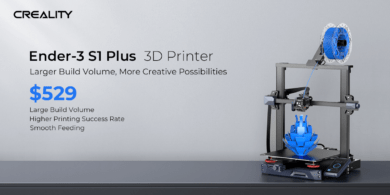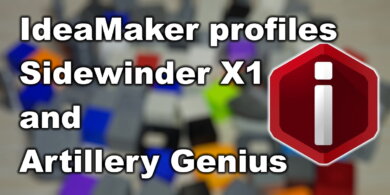Duet Firmware for SKR Boards – RRF on SKR 1.3 / 1.4
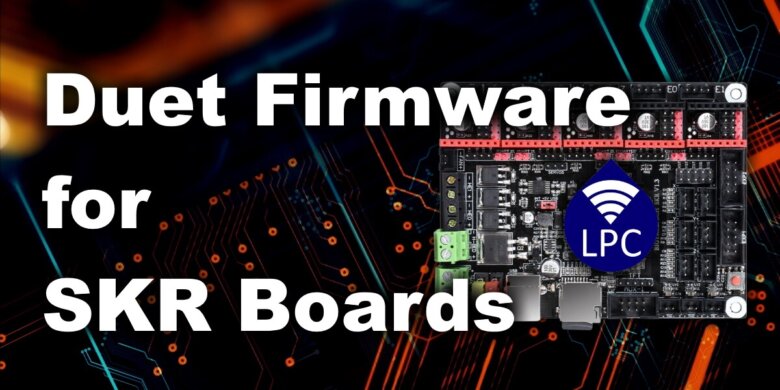
People interested in 3D printing probably heard about the SKR boards from BIGTREETECH. Now, you can install the Duet firmware for SKR boards and run the RepRap Firmware on SKR 1.3 / SKR 1.4.
To be more specific, you can install it on any board that uses the LPC1768 and LPC1769 CPU.
Duet Firmware for SKR Boards – Why do it?
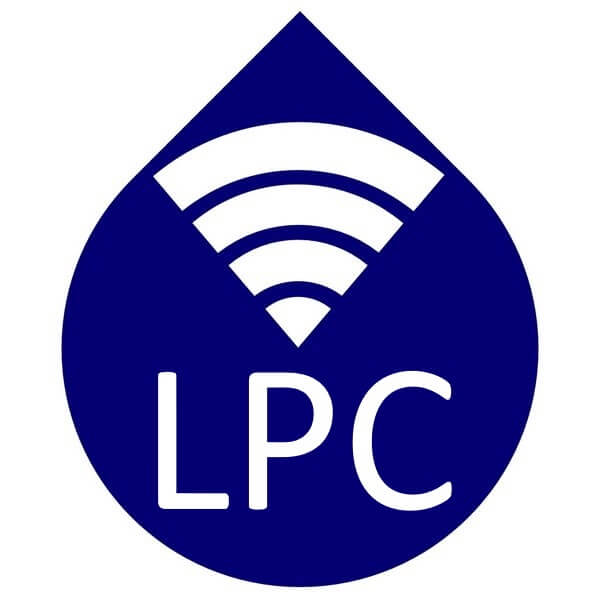
Until now the Duet Firmware (RepRap Firmware) was only available to use with the Duet boards like the Duet 2. But a few awesome people developed a firmware compatible with the popular SKR 1.3 and SKR 1.4 boards.
The main reason to install the Duet Firmware for SKR Boards is the added web interface that allows much better control of the printer.
Besides this, you will also be able to edit the firmware configuration directly in the web interface, eliminating the need of constantly flashing the board when you do major changes.
Another reason to use the Duet Firmware for SKR boards is the possibility of using more silent drivers like the TMC2208 and TMC2209. This is currently not possible with the Duet boards, because you are limited to the default stepper drivers included.
With the Duet Firmware, you will be able to use features only available in the RepRap firmware. Features like Pressure Advance (comparable with Linear Advance in Marlin), Dynamic Acceleration will be available now.
Macros are also a big thing in RepRap firmware. These can be set up for any kind of task you want your printer to do, allowing a great degree of automation.
Another quality-of-life feature you get with the Duet Firmware is the possibility of easily backing up your firmware and restoring it. The firmware and all the configurations live on the SD card, so it’s easy to copy the contents to another printer if needed.
I previously described how to install the SKR 1.3 board on the Sidewinder X1 to add more functionality to the printer. Now, with the possibility of installing Duet Firmware on SKR boards, there’s another reason why the SKR board upgrade for the Sidewinder X1 is worth it.
What do you need for RRF firmware on the SKR 1.3 / 1.4?
The user sdavi from the RRF forum posted this a few weeks ago and people are already doing this with success.
But in order to install RepRap firmware on the SKR 1.3 / 1.4 boards, you need the ESP 8266 WiFi adapter and a couple of resistors. Besides that, you also need some soldering skills in order to prepare this board.
Fortunately, Peter already did the hard work and offers ready-to-use WiFi adapters which can be ordered from his Tindie listing saving you from the soldering work. I ordered one and after I get it, I will do a complete guide on how to install the Duet Firmware on SKR 1.3 for the Sidewinder X1.
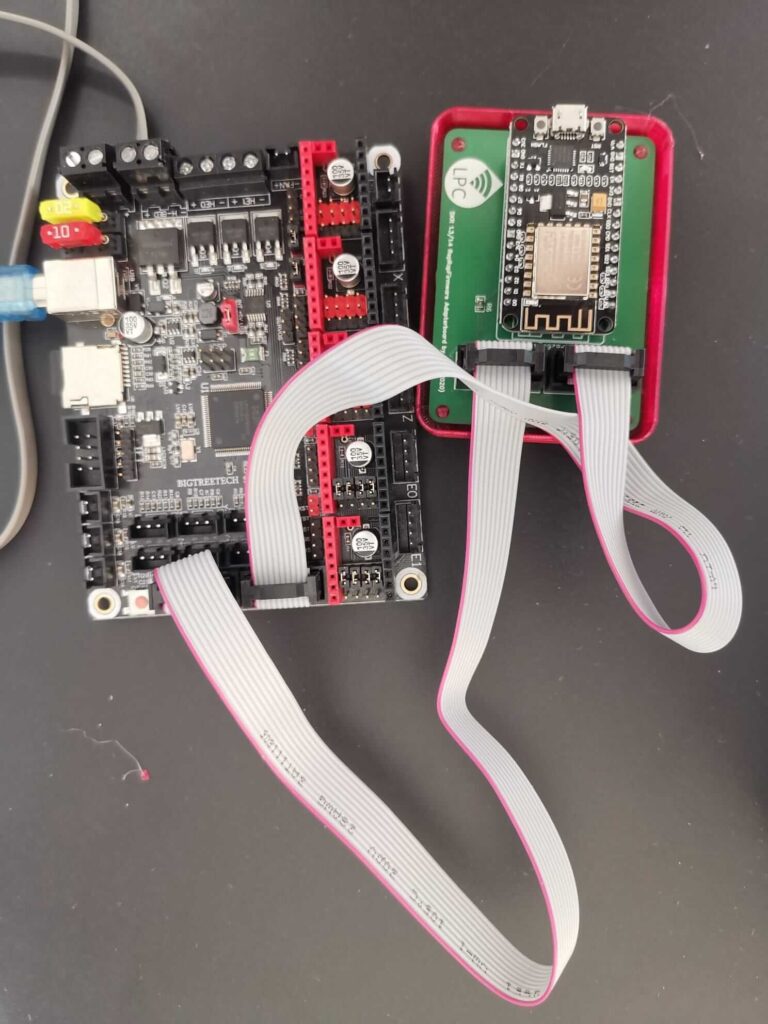
He also posted a few videos where he shows this is possible to do with the regular Paneldue screen. The good news is you can also use the popular TFT35 V3 display from BIGTREETECH. User bcmob has the required files available on his github.
While you don’t really need a touchscreen with the Duet Firmware (you can easily use the interface by connecting with your smartphone to the printer) if you already have a TFT35 V3 screen this just adds more functionality.
User gloomyandy contributed with the RepRap Firmware 3.1 port, which is available on his Github repo.
On the RepRapFirmware for LPC Boards wiki you can find a list with all the boards with native support.
In the wiki there’s also information on how to connect an SBC like the Raspberry Pi 3 or 4. This is a feature usually reserved for the Duet 3 boards.
By connecting a Raspberry Pi you should see an improvement for the Duet Web Control interface and with a bit of luck, there will also be support for plugins just like with Octoprint.
Please note that this firmware is experimental for now, and it will be a while until it will be 100% functional. But if you are looking to help and test this, feel free to get what you need and start tinkering.
Wrapping Up
The Duet Firmware for SKR boards will bring new life into the already popular boards we use. I am really happy to see all these awesome enthusiasts that work on bringing new functionality to current hardware.
This is proof that the whole opensource concept and community works great bringing a lot of advancements in the 3D printing world.
Make sure you support the people that work on these projects, so they can continue to do this in the future. I also recommend you share this article with others. Hopefully, more people will get busy and work on this project.
Liked it?
|
|


